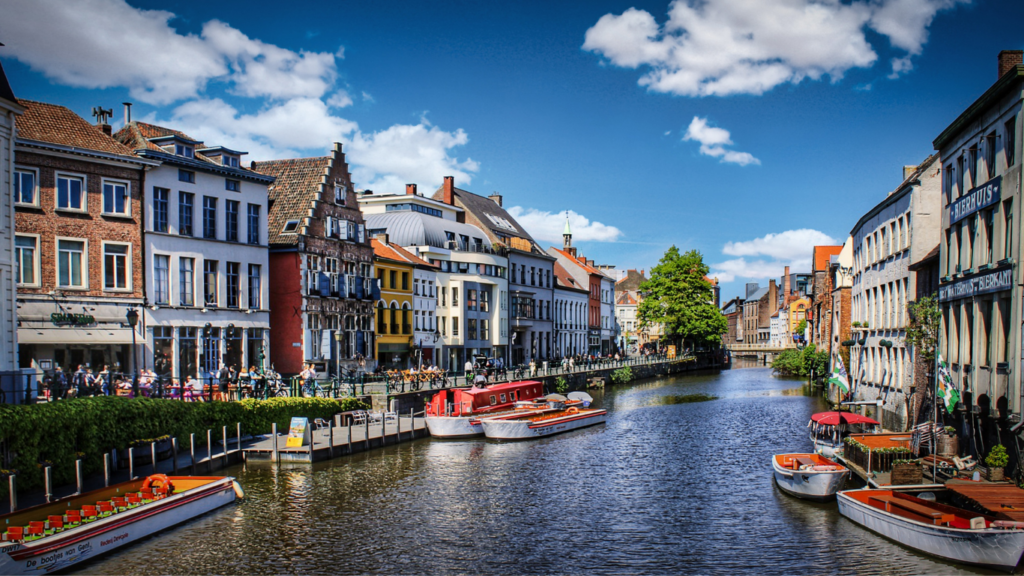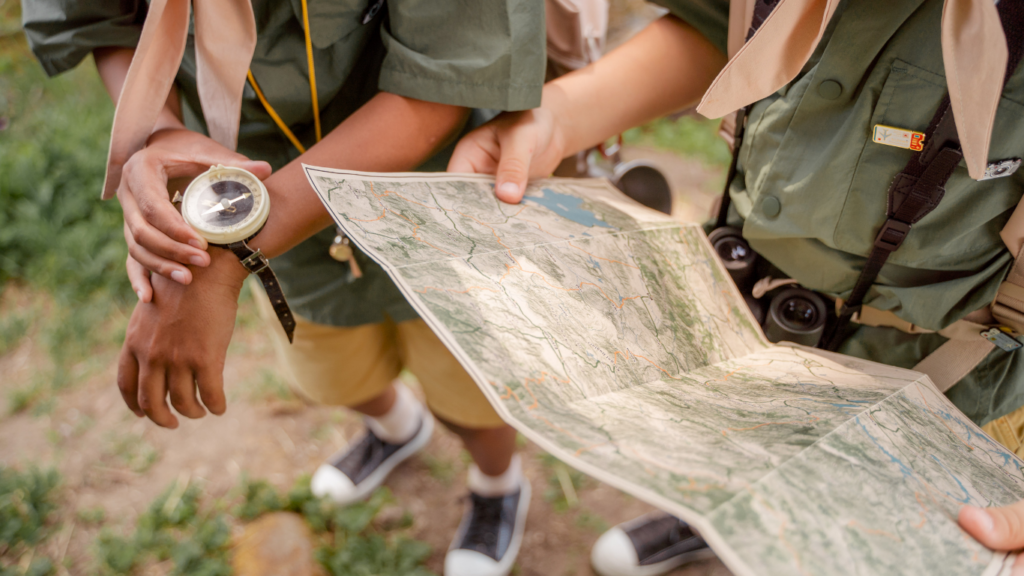Planning a trip to Europe during peak season can feel overwhelming. With crowds flocking to popular destinations and prices soaring, it’s crucial to have a game plan. I’ve gathered some of the best travel tips that’ll help you navigate the bustling streets and make the most of your adventure without breaking the bank.
Overview of Peak Season in Europe
Peak season in Europe typically spans from June to August, coinciding with school vacations and warm weather. During this period, popular destinations experience an influx of tourists, resulting in crowded attractions and long wait times.
Major cities like Paris, Rome, and Barcelona see significant increases in visitors, affecting hotel availability and prices. Travelers often encounter inflated costs for accommodations and dining. Prices for flights rise as demand exceeds supply, leading to fewer budget options.
It’s essential to book travel arrangements well in advance to secure competitive rates. In peak season, busy streets and attractions make it crucial to develop a flexible itinerary. Prioritizing early morning or late afternoon visits can mitigate exposure to large crowds.
Additionally, considering off-the-beaten-path locations provides opportunities for a more authentic experience away from tourist hotspots. Understanding these dynamics helps create a rewarding travel experience during Europe’s peak season, aligning expectations with the realities of increased traffic and costs.
Essential Travel Tips
Navigating Europe during peak season requires careful planning. Implementing strategic travel tips ensures a smoother journey amidst the crowds.
Plan Your Itinerary in Advance
Mapping out your itinerary before you go helps manage time effectively. Prioritize must-see attractions and allocate specific days for visits. Consider the opening hours and peak times for each site. For instance, visiting the Louvre on a weekday reduces crowd exposure.
Incorporate downtime for relaxation and spontaneity, which enhances the overall experience.
Book Accommodations Early
Reserving accommodations as soon as possible secures better rates. Popular destinations fill up quickly, especially in peak months. Research hotels, hostels, or vacation rentals online to find options within your budget.
Focus on locations close to major attractions to minimize travel time. Tools like Booking.com and Airbnb offer competitive prices and broad selections. Aim for flexibility in your bookings to adapt according to travel plans.
Navigating Crowds
Navigating crowds during peak season in Europe requires strategic planning. I prioritize effective tactics to enhance the travel experience and minimize stress.
Choosing Less Popular Destinations
Choosing less popular destinations offers unique experiences away from the throngs of tourists. Cities like Porto, Ljubljana, or Ghent provide charming alternatives to crowded hotspots. These locations often feature rich cultures, stunning architecture, and fewer visitors, allowing for a more relaxed atmosphere.
I explore local cuisine and traditions, providing a more authentic European experience. Researching hidden gems and overlooked towns can reveal treasures that large crowds miss.
Visiting Attractions at Off-Peak Hours
Visiting attractions at off-peak hours significantly reduces wait times. I aim for early morning or late afternoon visits for popular sites like the Louvre or the Colosseum. These times typically see fewer visitors, making the experience more enjoyable.
Additionally, weekdays often offer quieter moments compared to weekends. Checking special evening openings or late-night events can also provide further opportunities to avoid crowds while experiencing iconic landmarks.
Budgeting for Your Trip
Managing a budget for a trip to Europe during peak season requires careful planning. Prioritizing expenses helps make the most of available resources.
Saving on Accommodations and Flights
Securing accommodations early often leads to substantial savings. I recommend booking at least three to six months in advance to capture lower rates. Utilizing platforms like Booking.com or Airbnb provides various options, from budget-friendly hostels to comfortable hotels.
Additionally, flying midweek offers better airfare rates compared to weekends. Using price comparison tools like Google Flights or Skyscanner allows for efficient fare tracking and flexible search.
Travelers should explore alternative airports near major cities, as these often feature cheaper flights. If possible, consider arriving at less popular destinations with lower accommodation costs before traveling to main attractions.
Flexibility in travel dates can also yield significant savings.
Dining Wisely in Popular Areas
Dining in popular areas can quickly inflate expenses. Opting for lunch instead of dinner offers better deals, as many eateries provide lunch specials at lower prices. I often seek local markets for fresh, affordable meal options, which allows me to enjoy regional cuisine at budget-friendly prices.
Choosing restaurants slightly away from tourist hotspots generally results in lower bills and higher quality food. Reading reviews on platforms like Yelp or TripAdvisor helps identify hidden gems.
Additionally, taking advantage of special meal offers or prix fixe menus provides excellent bang for the buck. Always check for deals and discounts available through various apps.
Packing Smart for Peak Season
Packing efficiently enhances the travel experience during Europe’s peak season. Focus on essentials, and remember to adapt your wardrobe for comfort and versatility.
Essentials to Bring
- Travel documents: I always carry my passport, ID, travel insurance, and tickets in a secure yet accessible location.
- Electronics: Bringing my smartphone, charger, and a portable power bank ensures I stay connected throughout the trip.
- Medications: I pack any prescription medication and a small first-aid kit for minor ailments.
- Reusable water bottle: Staying hydrated is vital, so I bring a reusable water bottle that I refill at water fountains.
- Snacks: I always carry light snacks like granola bars or nuts to keep my energy up while exploring.
Clothing Considerations
- Layering: I pack layers to adjust easily to varying temperatures throughout the day. Lightweight, quick-dry materials are my go-to for comfort.
- Comfortable footwear: I always wear sturdy walking shoes to navigate cobblestone streets and long sight-seeing days.
- Versatile outfits: I opt for mix-and-match clothing to create different outfits with fewer items, maximizing suitcase space.
- Weather preparedness: I check the forecast and pack a lightweight, packable rain jacket to stay dry during unexpected showers.
- Accessories: I bring a hat and sunglasses for sun protection, along with a lightweight scarf for warmth or style.




